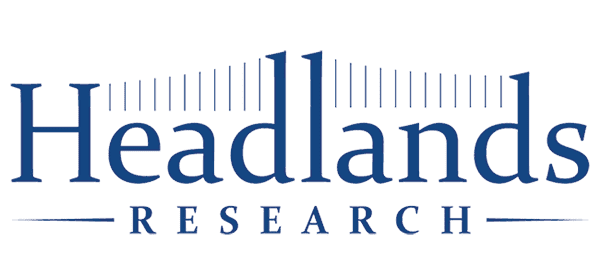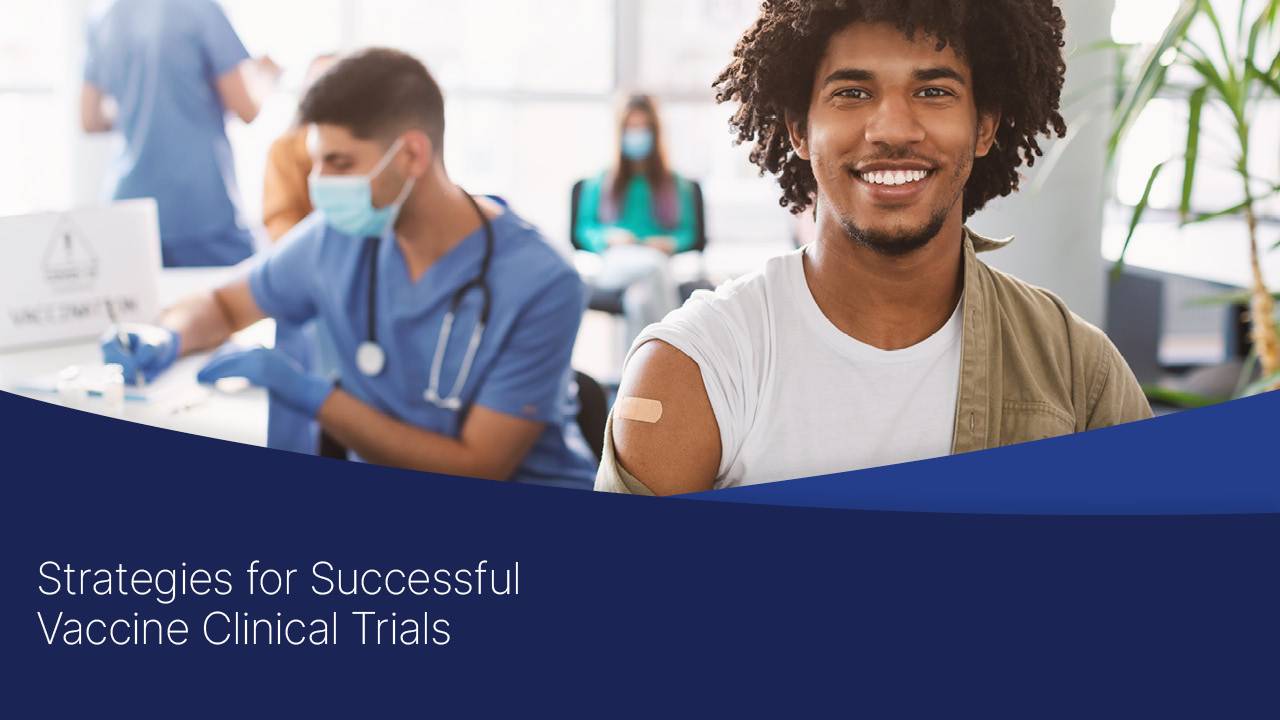Vaccination is considered one of the most cost-effective methods to avoid disease. It is estimated to prevent 2-3 million deaths a year globally. Given the administration of prophylactic vaccines to healthy individuals of all ages, with the intent of preventing disease, it is understandable that vaccines undergo the greatest amount of scrutiny for both safety and efficacy during development and even after they are introduced to the public.
In addition to this scrutiny, there are also a few requirements specific to the successful conduct of clinical trials for vaccines against infectious diseases. These include exposure of trial participants to the target infectious disease in late-stage trials (to test efficacy), unvaccinated status (at least to the vaccine under investigation), and a sufficient number of people willing to be vaccinated during the clinical trial. Each requirement benefits from tailored strategies, some of which are presented here based on our network’s experience with vaccine clinical trials for COVID-19, herpes simplex virus (HSV), human papillomavirus (HPV), influenza, meningitis, pneumonia, rotavirus, respiratory syncytial virus (RSV), and more.
Exposure to the target infectious disease
How well the vaccine protects against the target disease (i.e., whether the disease occurs after vaccination) is the most common endpoint for prophylactic vaccine clinical trials. To measure this, in later phase trials, participants need to be at risk of being exposed to the pathogen (i.e., the disease, such as RSV or influenza, must be occurring in the participants’ areas). However, during early-phase trials, researchers often evaluate immunogenicity levels and not necessarily the disease prevalence, meaning that the endpoints measure dosing and immunogenicity rather than actual disease.
Although evaluating the ability of a vaccine to provide protection typically requires a large number of participants, the level of pathogen exposure can also affect the required enrollment timeframe for the trial and therefore the trial length and cost. For example, if the incidence of disease is low in a trial area, it may require a longer period of time to conduct the trial to appropriately enroll the number of participants needed to estimate vaccine efficacy; in contrast, if the disease incidence is higher, it may take a shorter amount of time to enroll the number of participants needed for the trial.
Understanding the disease epidemiology, including age-specific incidence, age-specific death rates, prevalence of the disease, risk of transmission, clinical manifestations, and seasonality of exposure, is essential to determining where and when trials should be conducted. In addition, as we observed during the COVID-19 pandemic, the epidemiology can quickly change, moving from one geographic area to another and affecting age groups in different ways depending on the most prevalent variant. Therefore, adapting to changes in disease epidemiology is also important for a successful trial.
We’ve found that engaging sites within a geographically dispersed site network can help to not only more quickly determine the local disease epidemiology but also follow changes in the epidemiology by adapting recruitment efforts to sites in disease hot spots for later phase studies requiring disease occurrence.
Unvaccinated status
Participants who have previously been vaccinated against the disease of interest or a similar disease create challenges in determining the efficacy of the vaccine under investigation. These individuals are more likely to have a faster, better immune response to subsequent vaccines. This immune memory functions differently depending on the pathogen, its variants, seasonality, and type of vaccine. However, it remains important to determine which vaccines and timing can interfere with the investigational vaccine and to clearly document this in the inclusion/exclusion criteria in the protocol.
For sites and investigators, knowing when particular vaccine trials will begin (especially seasonal trials for diseases like the flu and RSV) provides an opportunity to be proactive and let the community know about the trials through social media or research database outreach. Potential participants can then make an informed decision whether to participate and receive a vaccine at one of our clinical trial sites or continue to receive it from their physician or local pharmacy.
Sufficient number of people willing to be vaccinated
To ensure that vaccines are effective for everyone who could be affected by a disease, it is important that the trial participants resemble the real-life population. The lack of representation in clinical trials for vaccines was brought to the forefront of public consciousness during COVID-19 vaccine development, but it is not a new phenomenon. Over the last decade, older adults, minority racial and ethnic populations, and men have been particularly under-represented in vaccine trials.
In addition, vaccine hesitancy appears to have escalated in both scope and scale since the start of the COVID-19 pandemic; However, it has also been present since the early days of vaccination. Defined as the “reluctance or refusal to vaccinate despite the availability of vaccines,” the World Health Organization listed vaccine hesitancy as one of the top 10 threats to global health in 2019. A lack of vaccination has been contributing to increasing cases of measles and other infectious diseases, even in countries where the diseases were nearly eliminated.
The reasons for vaccine hesitancy and anti-vaccine sentiment are multifactorial, including lack of confidence in the vaccines, mistrust of public officials and policies, safety concerns, political polarization, complacency, and inconvenient access. Multiple experts and organizations have documented the negative role that misinformation and amplified awareness of vaccine risks on social media and websites is playing in vaccine uptake, both in clinical trials and once they are approved. In addition, poor and conflicting communication by the scientific community has been suggested as contributing to the public’s concerns about vaccines. It is not surprising that the public (and even some healthcare professionals) is unsure about whether it is in their best interest to be vaccinated, especially with an unproven vaccine during a clinical trial.
Doctors and other healthcare professionals remain the most trusted when it comes to health care advice. Their recommendation increases vaccine uptake as well as participation in clinical trials. Our sites have found that fostering relationships with local physician offices, through lunch-and-learn educational sessions, office visits, and respectful treatment of their patients improves local healthcare professional knowledge about investigational vaccines. In addition, they are more likely to refer their patients to vaccine clinical trials being conducted at our sites. Furthermore, our years of strategic, inclusive recruiting from our local communities through targeted outreach has ensured that our participants more closely resemble the population at risk.
Site network advantages
Collaborating with a site network for vaccine clinical trials can help overcome challenges with disease epidemiology and vaccine misinformation leading to hesitancy as well as leverage strategies around communicating the importance of interested volunteers being vaccinated in a clinical trial. Educating and providing transportation to potential volunteers have also contributed to more successful enrollment across our sites.
At Headlands Research, our experienced sites have fine tuned their approach to vaccine research over decades of supporting a wide range of therapeutic areas. Learn more about our sites and their capabilities.

